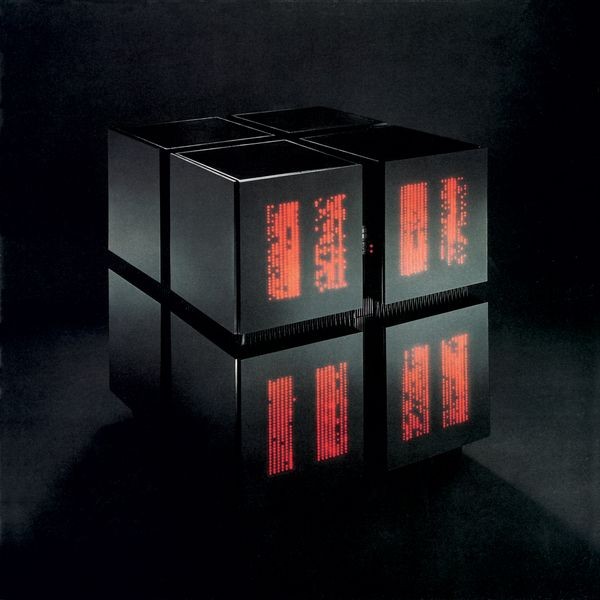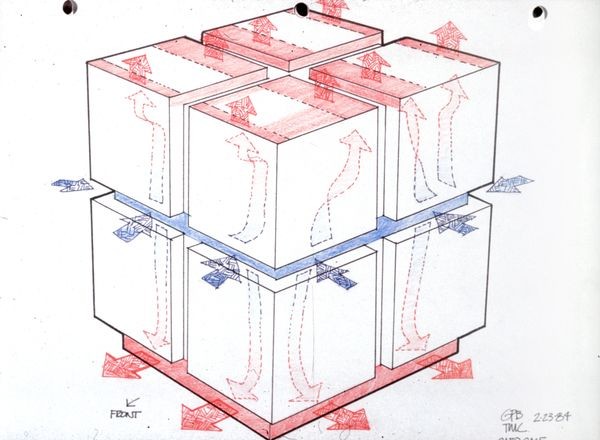The Connection Machine
Connection Machine CM-1 in operation
In the full 65,535 processor version, the CM-1 had 16 1-bit processors per processor chip, for a total of 4,096 processor chips -- each with an LED. Besides being visually impressive, CM-1 programmers could use these lights to analyze the operation of their programs.
The Connection Machine
Parallel processing relies on making connections: coordinating multiple processors for a single task. Our brains do that too. Danny Hillis at MIT based his CM-1 on that human model.
Hillis’s novel architecture featured up to 65,536 simple single-bit processors interconnected in a 12-dimensional hypercube. Its applications included real-time stock market trading, artificial intelligence, fluid dynamics, and more.
Connection Machine architect Danny Hillis at Thinking Machines Corporation
Hillis attracted a talented group of people to TMC, including a stint by world-famous physicist Richard Feynman.
View Artifact DetailCM-1
Danny Hillis co-founded Thinking Machines Corporation in 1982 to build massively parallel computers. Like the ILLIAC IV 15 years earlier, the CM-1 was a SIMD (single instruction, multiple data) supercomputer, useful only for certain problems. The company produced four more designs before declaring bankruptcy in 1994.
View Artifact DetailConnection Machine CM-1 heat flow study
As in all supercomputers, removing the heat generated by closely-packed electronic circuitry posed a key challenge.
View Artifact Detail


